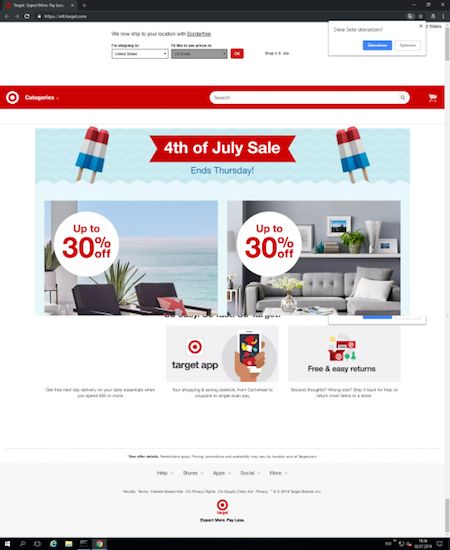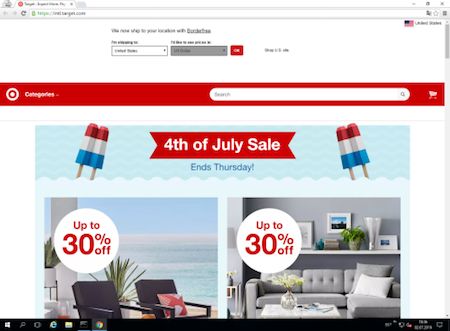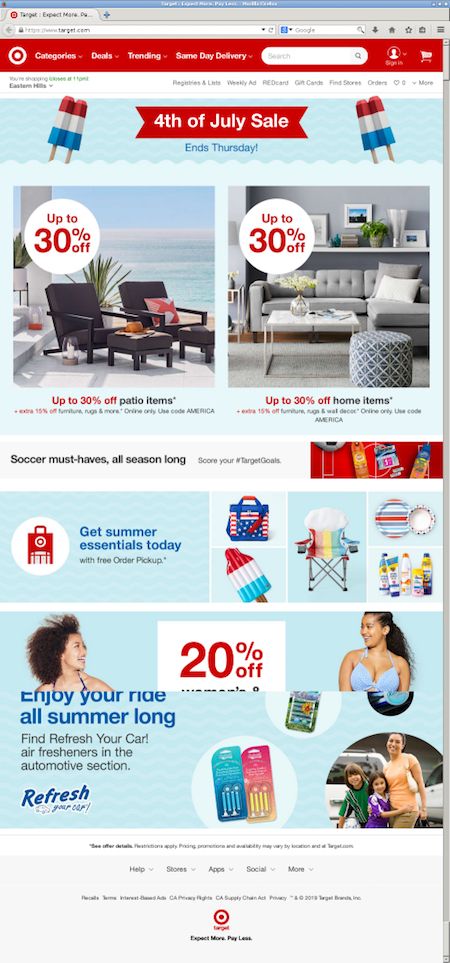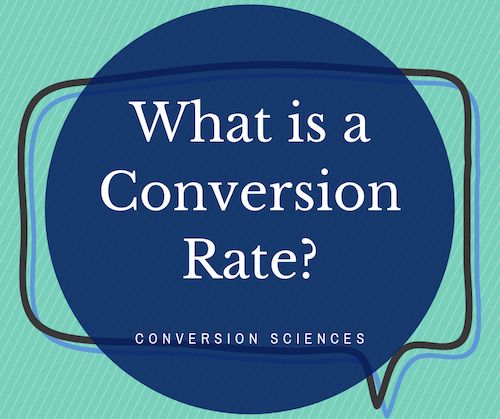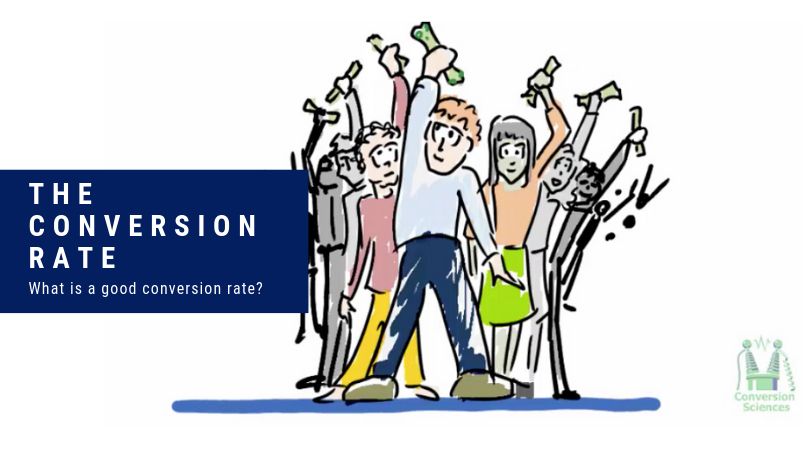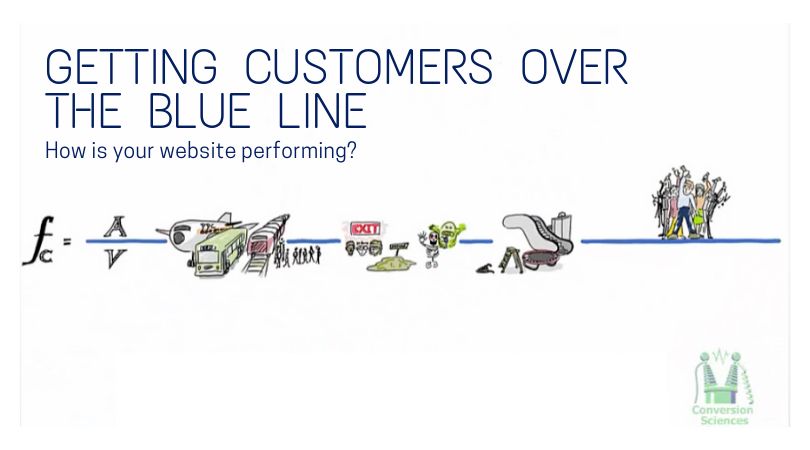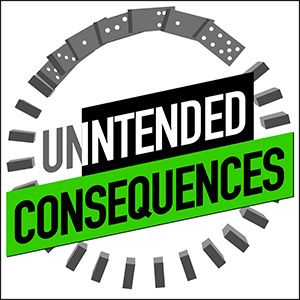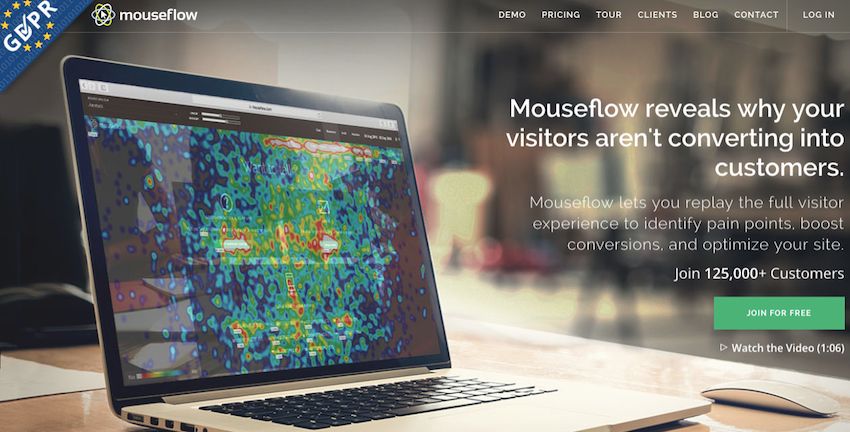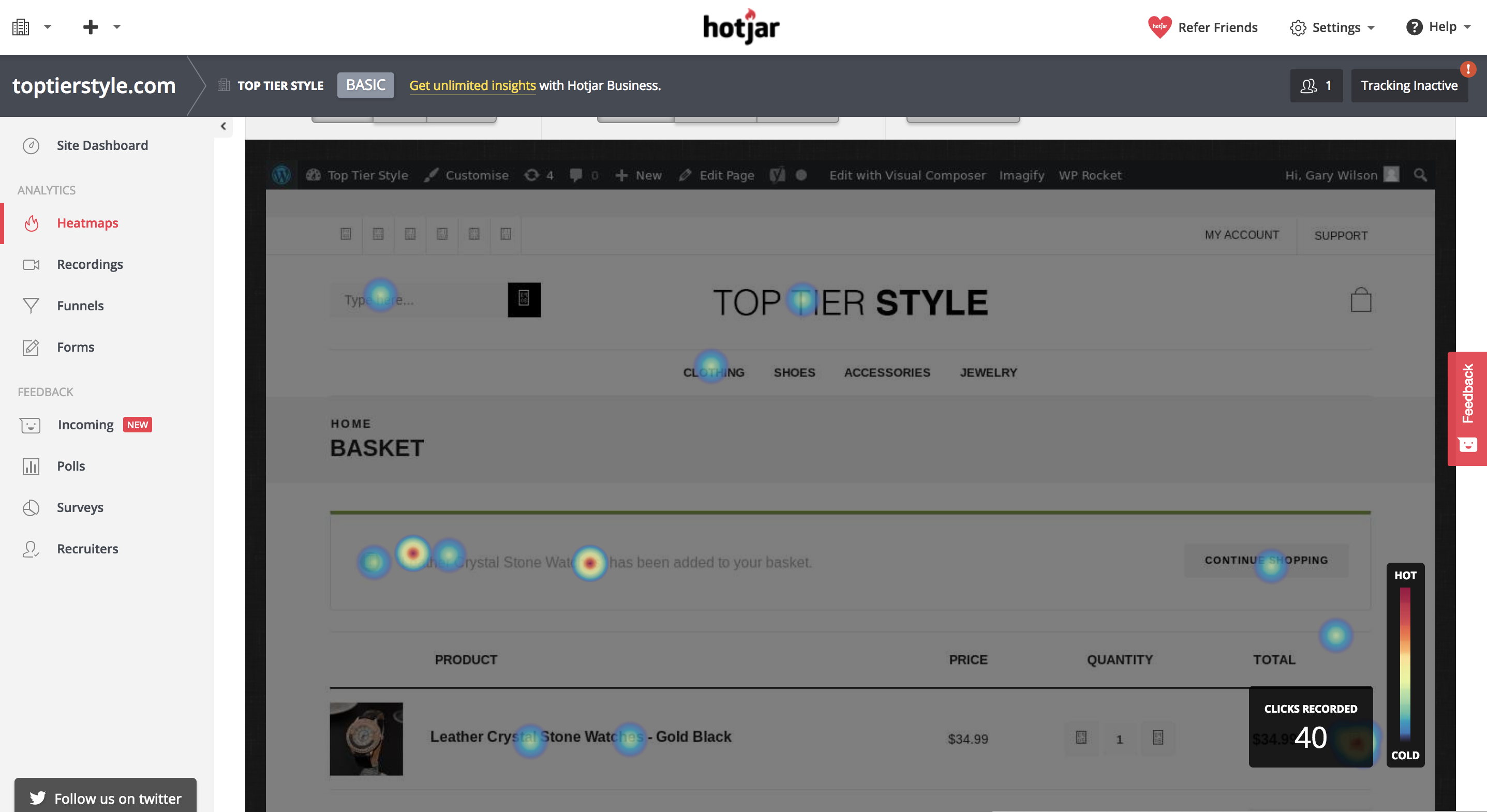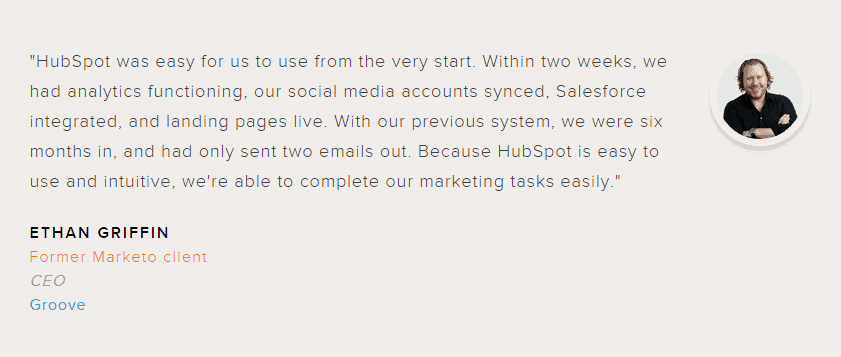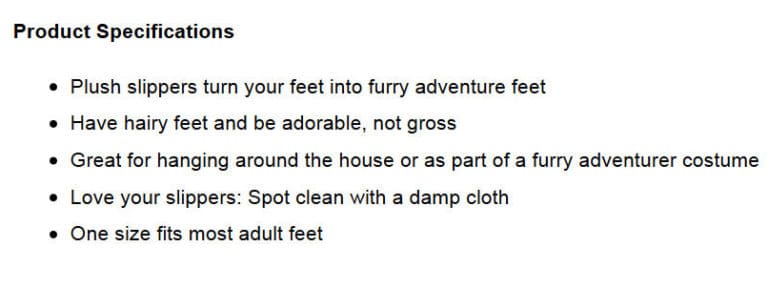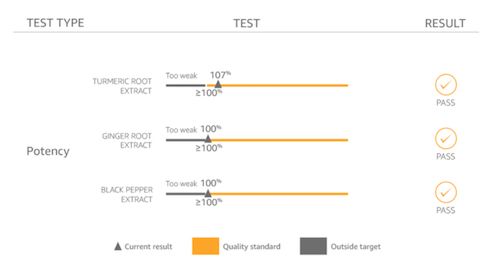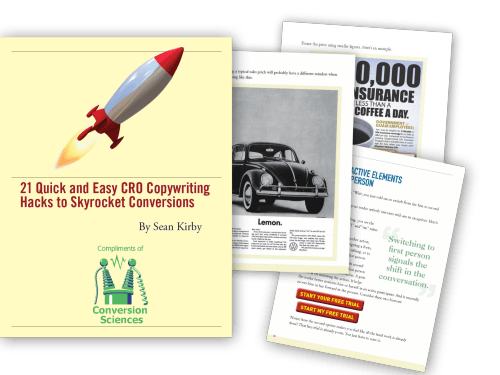Nothing is more worrisome than your website conversion rate dropping. You’ll want to know why, so you can fix it. Breathe. Here’s where to check.
Watching your conversion rate drop is not fun. It will make you lose sleep until you know what’s causing it. And maybe worse until you see it climbing back up again.
Fortunately, any drop in conversion rate has an explanation and one or more solutions.
Bringing it back may be just a matter of time, but just waiting is never a good answer. Sudden drops in conversions can be quite frustrating if you do not know where to dig. Do you agree?
It may be some of the obvious culprits that are to blame for your website conversion rate dropping – website redesigns, landing page changes, new offers, pricing, promos, or sales. But if it’s not obvious, keep calm. Go through this checklist and get it taken care of.
1. Those Devilish Tracking Codes
It happens. You may believe your analytics tracking codes, also called tags, are working and reporting on your conversions without a hitch. You may find that’s not the case anymore. Incorrectly installed tracking codes could be the cause of your conversion rate dropping.
Maybe they got corrupted when making small tweaks to your site or when implementing a new campaign or when versioning a landing page.
Retrace your steps. Try to remember what you have modified lately. Yes, this is when you’ll realize you should make it a habit to use Google Analytics’ Annotations. This is a great way to easily find the changes you’ve made, changes that may have broken your tracking.
To make sure all of your analytics tracking codes work as they should, we recommend Google Tag Assistant. This is a plugin for your Chrome browser. It will tell you if your tracking is setup properly on any page of your site. Heed the recommendations in the tool. Nothing should be misconfigured.
Here are some places to look:
- Did you launch any new landing pages? If so, are the tracking codes setup on them?
- Did you release any new offers? Make sure you’re creating goals in Google Analytics for all of your reports, demos, trials and purchases.
- Did you add any third-party tools to your site or ecommerce plugins? Make sure they are properly integrated with Google Analytics.
2. Conversion Rate Dropping due to Lack of Browser Compatibility?
Google Analytics has very handy reports to identify where the problem may lie. Check for a significant drop in conversions for a particular browser. Your major browsers include Chrome, Safari, IE, Firefox & Edge and on mobile, Android and iOS.
Found it?
Test your checkout flow, your forms, on-exit intent pop-ups, even your landing pages with that browser. Keep in mind that not all browsers behave in the same way on every operating system. Therefore, you have to check on Windows, Mac and Linux, at the very least. Has some of your website’s CSS or Javascript become obsolete?
Google Analytics has a very handy report for this: Audience > Technology > Browser
Then select the Ecommerce report. You’ll be able to look for browsers that underperform.
If it’s not a particular browser, check for mobile, tablet, desktop or amp technical bugs or issues. Is an element of your responsive landing page now hidden from view on a mobile device?
3. Don’t Underestimate Website Performance
If your server or your CDN are experiencing glitches, or your website is suffering from a sudden slow down in page load speed, you may not have dropped your organic rankings yet but your customer UX has degraded.
Moreover, your visitors are currently sending those unhappy experience signals to search engines. Ouch!
Check the Search Console coverage report to make sure you didn’t have any 500 internal server error. If so, talk to your hosting company or sys admins to have them resolve it.
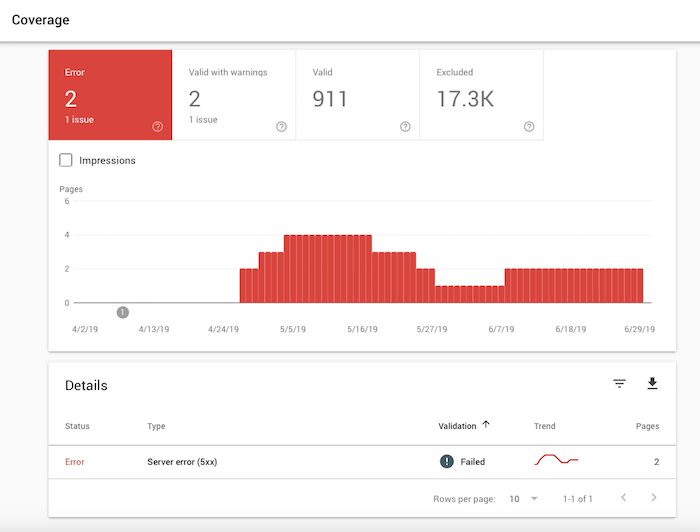
Google Search console coverage report. Is your server or CDN misbehaving? Could this be the cause of your conversion rate dropping?
Now take a look at the Google Analytics speed reports and compare it with the previous period. A slowdown of the average server response time will point to a need for additional server resources or to a software upgrade. If the average page load time is the one that has increased and you are running a CMS like Magento, Shopify or WordPress, start digging into extensions, plugins and image sizes.
I guess, pinpointing why your website conversion rate is dropping can get a bit technical, huh?
4. Have you Forgotten to Optimize for Mobile Devices?
Ok, you already checked that your site was displaying correctly when you checked for technical issues. But, it’s possible that your mobile customers require a different conversion experience than the one you crafted for your desktop users.
Access Google Analytics and compare traffic for devices under Mobile Audience overview year over year. Maybe it’s time to contact our Mobile CRO experts. We wrote the book on it.
5. Your Marketing Personas Changed Behaviors
Usually, customer behavior takes quite a long time to reflect negatively on your conversion rates. So, concentrate on other issues unless you’ve noticed your conversion rate dropping for a while.
If the latter is the case, maybe it’s time to take a fresh look at your marketing personas. Times do change.
6. Conversion Rate Dropping with a Traffic Increase?
A decline in traffic volume can obviously decrease the number of conversions and possibly your online shop conversion rate. But what if there’s an increase in traffic? Yes, even an increase in traffic can badly affect a website’s conversion rates.
First things first. Make sure you identify the traffic source that has experienced a decrease in conversion rate. Is it the same as the one whose traffic volume increased? Remember to check their landing page functionality. If that’s not the problem, review a few of these scenarios.
6.1 Paid Traffic Increase
A lower conversion rate with a paid traffic increase could be pointing to non-relevant campaign targeting or to a lack of understanding what will persuade your visitors to buy or try your products or services.
Maybe you need to put things in perspective and understand that in some occasions such as Black Friday, prospects perform a lot of comparison shopping. Therefore you may experience much higher traffic driven by your social or ppc campaigns but a decline in conversion rates. I bet you are spending more on these campaigns as well, aren’t you?
Optimize your ad copy and landing pages accordingly so your site won’t be left behind in this increased competition and avoid significantly lower conversion rates.
Answer this, have you been running the same campaign for a long time? People are clicking but not converting? Maybe it’s time to change the landing page.
Examine each step of your funnel and look for weak points. Arm yourself with Heat Maps. They can definitely help you identify what your visitors are seeing or missing. Engage in split testing and get those conversion rates back up.
6.2 Sudden Surge in Social or Organic Traffic Volume
A spike in social or organic traffic may be attributed to the creation of clickbait blog posts. The problem with these articles, is that while traffic may increase, these visitors tend not to convert – at least not immediately. You will experience a perceived “drop” on conversion rates as a similar number of conversions are being diluted in higher traffic. Social traffic tends to react faster than organic, so look for correlations there first.
6.3 The Attack of the Bots or Ghost Spam
Bots can also generate a sudden growth in direct or referral traffic. It’s quite easy to identify those bots on analytics – unless they were spectacularly well coded. This is rarely the case. Bots don’t have gender, age and they have 100% bounce rate.
They will produce the same effect as any spurt in irrelevant and non-converting traffic: declining conversion rates.
6.4 Are You Emailing Less?
Email is one of the highest converting traffic sources for most businesses. If you have reduced the frequency of email or have changed the kind of email you are sending, this may impact you overall conversion rates.

Nothing more worrisome than your website conversion rate dropping. Evidently, you’ll want to know why so you can fix it. Breathe. Here’s where to check. This image has been designed using resources from Freepik.com.
7. Blame Seasonality for Your Conversion Rate Dropping
Does your conversion tend to drop at this time of the year? Seasonality usually causes a very rapid change in conversion rates and it may be accompanied of lower traffic or not.
If your traffic has not changed, compare with last year’s data and see if you are following trend. We tend to think of seasonal changes as holiday times but professional services like website design tends to drop during those times.
One of the most interesting seasonality drops I have ever seen happens in the wedding services industry every New Year’s eve. I guess one celebration offsets the planning of the other. So, tread carefully when making website changes without considering these seasonal effects or they could play against you.
The same seasonality may affect traffic, therefore always keep track of decreases or increases in seasonal trends.
8. When your Competitors Cause your Conversion Rate to Drop
If your conversion rate is dropping and you cannot find anything wrong with your site or with your actions, you may want to check what your competitors are up to.
Maybe they are running a special discount or a promotion that drives conversions away from you. Monitor their actions and respond accordingly. This may help you address some of the conversion loss.
Of course, lower conversion rates don’t mean as much as Return on Investment (ROI), so don’t leave that metric aside, You may be alarmed because you see your conversion rate dropping but in the end, that’s not what really matters What counts is your bottom line. Looking at a single conversion rate could be narrowing your view of the business, especially on this day and age of omnichannel marketing.
And, if all else fails, you can hire Conversion Sciences for a CRO Audit. Having a pair of expert eyes analyze your site, your 360 degree customer journey and review your conversion rates is always a plus.


